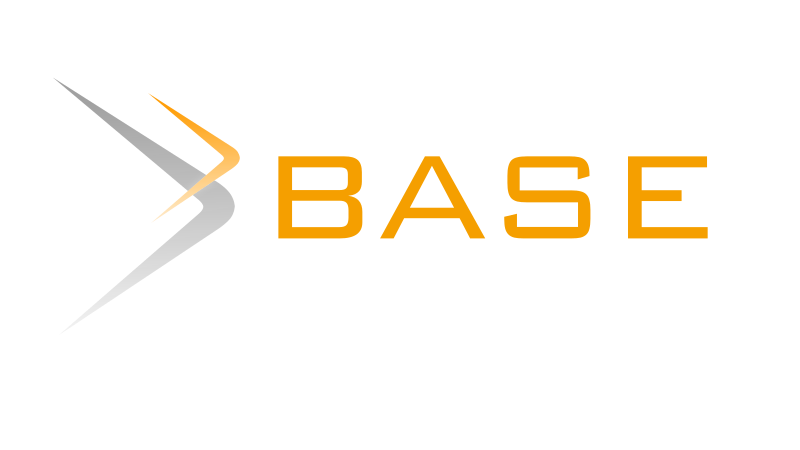International Journal of Contemporary Research In Multidisciplinary, 2024;3(6):186-192
United Nations Peacekeeping Missions: Transition, Challenges and Reform
Author Name: Dr. Avanish Kumar;
Paper Type: review paper
Article Information
Abstract:
There have been tactical shifts in the working nature of United Nations peacekeeping missions, i.e., from ‘traditional’ to ‘multidimensional’ approaches. Traditional peace operations often compass the deployment of lightly armed forces, generally sent after the peace agreement or ceasefire. It tried to create a buffer zone among the conflicting parties, demobilize peace forces, disarm, and provide humanitarian assistance. In contrast, multidimensional peace operations have gone beyond the old paradigm approaches, including establishing a peaceful and stable environment to ensure the safety, security, and execution of basic laws and human rights. The engagement of many countries, including India and China, has moved beyond traditional peacekeeping methods, even though these countries were slightly hesitant to adopt a multidimensional approach because this consists of using forces to maintain peace in conflicting regions. This shows the momentous shift in the international arena from the perspective of evolving country’s policies and the advent of a new global order where peace missions have been adopted to participate in global governance. In this context, this paper articulates the significance of the transition from traditional to multidimensional PKMs and their merits and demerits. The paper further highlights how the peacekeepers faced challenges in these peace operations. In the end, this article suggested some of the necessary measures to reform this institution.
Keywords:
Multidimensional, Peace, Peacekeeping, Security Council, Traditional, United Nations
How to Cite this Article:
Dr. Avanish Kumar. United Nations Peacekeeping Missions: Transition, Challenges and Reform. International Journal of Contemporary Research in Multidisciplinary. 2024: 3(6):186-192
Download PDF


